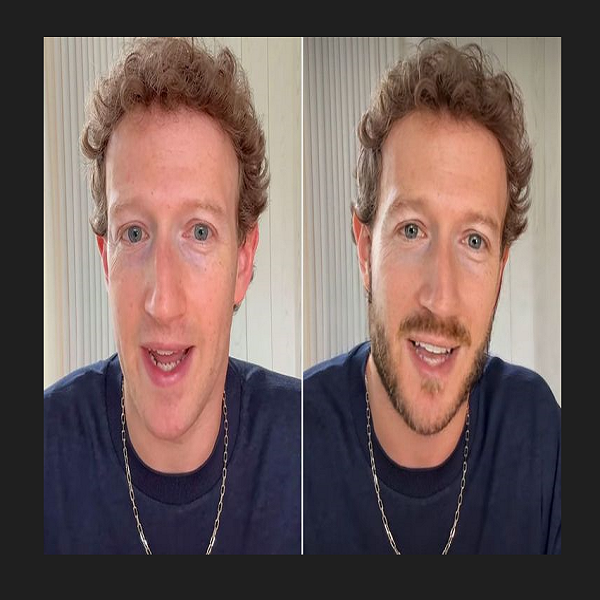Deepfake images and videos are increasingly flooding the internet daily. How then can one really tell facts from fiction and avoid falling victim to this manipulation?
Some weeks ago, the internet went crazy when an image of Mark Zuckerberg, CEO of Facebook with facial hair went viral. To the disappointment of admirers, this image is not real. It was a Photoshop manipulation done after Mark posted a video on Instagram announcing a new version of Meta AI.

For years now, photoshop has been a powerful tool for image manipulation and is used by almost anyone. It seemed to be quite harmless until the advancement of AI-powered software.
AI-powered software has created an opportunity for users and criminals as well to create videos or photographs, often created by laying a new face or new audio on an individual to portray a person doing or saying something that they did not do. This is known as Deepfake and it uses advanced deep learning algorithms.
The main problem with deepfake is not the technology itself but rather the content being produced and what it is being used for. One may think these videos or images are hilarious at first but soon realize how scary it can quickly become especially if you or your family is a victim.
Deepfake has a serious impact and Cyber Criminals use it as a weapon to carry out attacks, defraud blackmail, and defamation. An example of such consequence is clearly explained by Isu Abdulrauf in his article on about how Deepfake landed a school Principal in trouble. How then can Cyber Security professionals and users quickly determine if an image/video is a deepfake?
Telling facts from fiction
Body movement and posture
It takes a lot of work to be able to replicate body movements that match facial expressions perfectly. Pay close attention to the gestures, motions, and movements to determine if they match the facial expressions being made and the words being spoken.
Audio and Video
Audio deepfakes are becoming realistic by the day. To be able to tell if it’s fake, pay close attention to the lip and see if it’s in sync with the words that are being said. You’ll notice that these movements do not match. It almost looks like a cartoon character talking. In some other cases, these fake videos may not have sound or are not so long to cover up these inconsistencies.
The mouth
The interior of the mouth (tongue, teeth, gums, etc ) are likely spots that can indicate that a video is fake. These areas may just be a dark shadow or simply unrealistic.
Tiny details
Details in the eyes, blinking, flashes, unrealistic hair may be a clear indication of a deepfake. Also, because of the layering of several images over each other and extra-smooth touches/manipulation, one can spot a fake video or image.
In an mind-blowing video by CNA Insider, they demonstrated how deepfakes can be easily created, how and why influential people are targeted. It also elaborates on how to spot a deepfake by making keen observations.
However, telling facts from fiction by just observation techniques may not be completely effective for a sophisticated deepfake, especially in Cyber Security. There are AI-powered tools that have been added to Cyber Security professionals’ belts that can be utilized to combat deepfakes. In an article on Emerging AI-powered tools to combat deepfakes, I highlighted tools that cybersecurity professionals should be aware of and utilize to better defend organizations against cyber attacks that uses deepfake.
So, next time you see a controversial video or image, don’t just rush to share and make it go viral, stop for a moment and think, “Is this fact or fake”?





